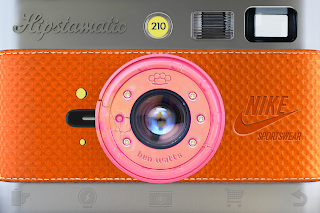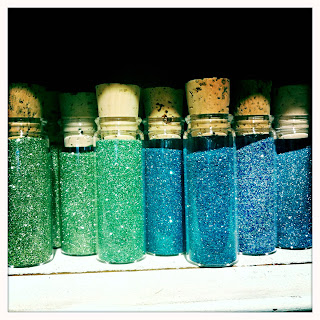The best camera is the one that you always have on you. Nicer, more expensive cameras may take higher-quality shots, but if you can capture everything you see with the phone in your pocket, your iPhone may be a better camera overall. With the success of third party apps and the App Store, the iPhone has become the center of a world of mobile photography. Flickr, and other similar sites, now say that the most popular camera used to upload photos to its site is the iPhone. It's so simple to whip our your phone (that you're probably already texting on) to snap a quick photo of whatever is in front of you.
Most of my photo experience comes from a 20+ year old Canon film camera passed to me from my dad. I own a great set of lenses and love using the camera but don't find time to work with it while in college. I recently considered investing in a high-quality DSLR, but I decided that I couldn't justify spending that much money on a camera when I already have a phone with two cameras and thousands of available photo apps that cost a buck or two. There are so many apps that do almost anything you can dream about doing with photographs on your phone. Looking at the iTunes App Store photography section, there currently are more than 4423 paid applications listed for sale (and thousands more free ones).
In my previous blog posts, I discussed five mobile photography applications that I love using on my iPhone. With these apps (for which I only paid $4 combined), I can produce so many fantastic images right on my phone, whereas I could spend hundreds of dollars on a DSLR and more on a professional editing program such as Aperture. The camera of the future is the smartphone, as people are buying them up in masses. With the increasing number of smartphones being sold, developers are developing better and better applications to suit every user's needs. The low starting point for app price (99 cents) means that people will buy tons of apps since they're so inexpensive. It is predicted that mobile application marketplaces will account for $3.9 billion in revenue in 2011, with the Apple App Store grossing 76% of that with $2.91 billion.
Mobile photography is more than just photography - it encompasses an entire ecosystem of hardware, software, and creativity. I have always loved photography for the artistic aspect, which led me to pursue black and white film photography in high school. Now, with little time to work in dark rooms and not enough money to purchase a new camera, I use what I have to continue pursuing my passion. I find myself firing up apps on my phone all the time to take quick shots when I'm out with my friends. I love how fast and easy it is for me to take a picture then go back to what I was doing. Or, if I have more time, I'll use some of the filtering or editing apps to spice up previous photos. I find it funny that I never open up the standard camera app on my phone anymore - the more artsy ones like Hipstamatic are what I go for almost exclusively.
As technology evolves, so does photography. What used to be a time-consuming hobby transformed with the digital world and has become something that anyone can do with relatively inexpensive hardware. I'm excited to see the future of hardware and software - apps are what currently drive the marketplace and look to continue this trend in the future.
For now, I'll leave you with a quick shot I took visiting my friend's dorm recently - I'm not sure I agree with the card, but I couldn't resist snapping a photo with Hipstamatic.








































